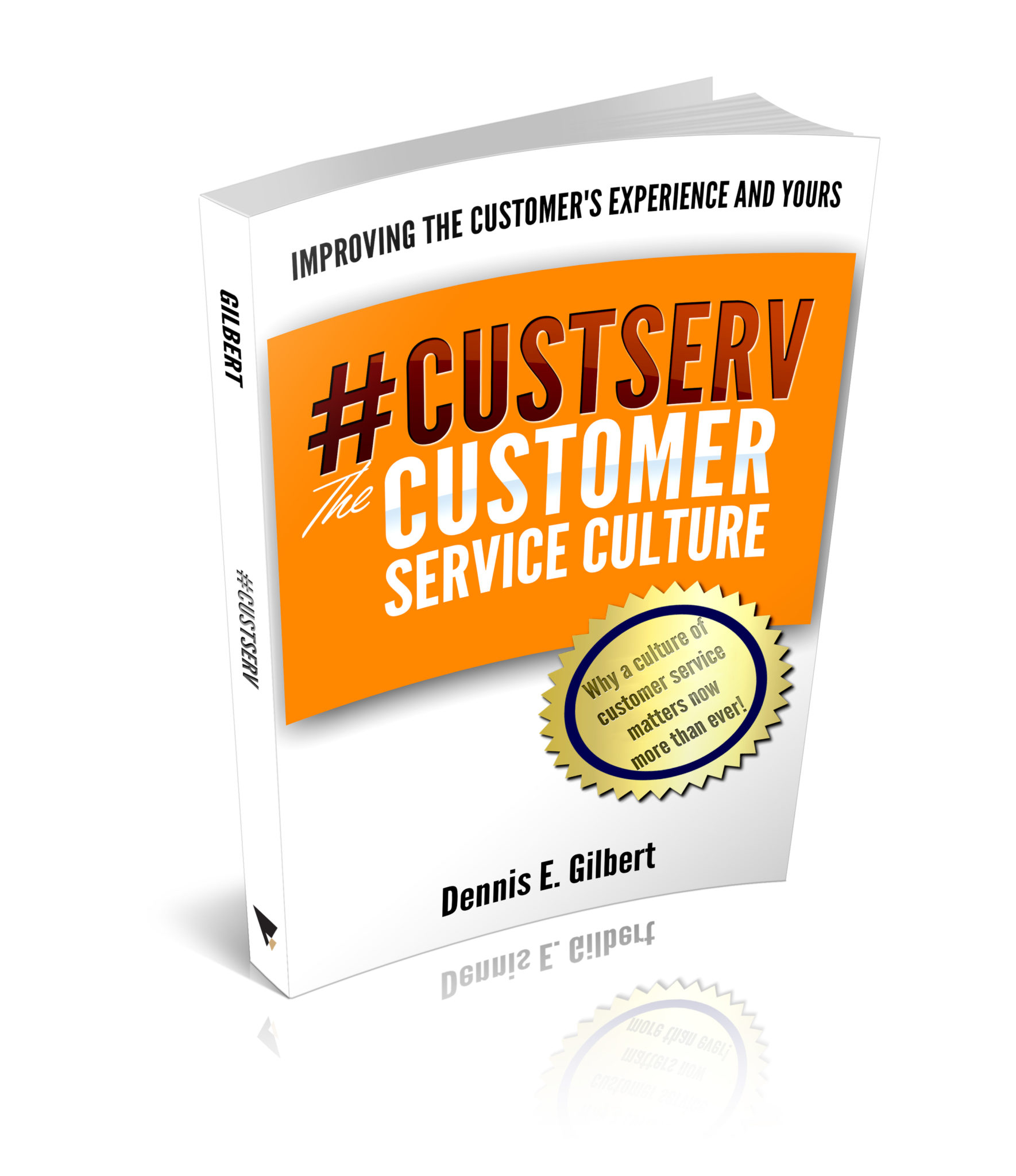
Are You Living Up To Marketing Promises?
People grow tired of being fooled. It is easier to not respond than to interact with someone determined to alter your desired direction. Advertisements make marketing promises and that creates expectation.
When we call for technical or customer support, we expect to get it. Instead, we sometimes get a sales pitch.
If the resume or performance evaluation reads, “Exceeds expectations,” it sets the tone for everything that happens next.
When the mission statement suggests that the organization is successful because the employee teams care, we expect to feel the proof.
Expectations are Created
Are the marketing teams creating expectations that can’t be met? What about when Betty is having a bad day? What if Travis decides it is just good enough? Not good, but good enough, and then ships?
At the high-priced hotel, the luxury resort, or a five-star restaurant, we don’t care that much about the condition of the staff’s job. We have our own set of expectations. Exceed them, or we’ll tell everyone with a photo and a hashtag.
Does the sign at the hospital really mean emergency care, or does it mean you don’t need an appointment? When I visit the barber shop, I don’t need an appointment, I wait my turn. Is that an emergency? What are the marketing promises?
Marketing Promises
The truth of it is that every person and every organization run on emotion and human interaction. Sure bots are emerging, but because they lack the caring emotion, it may only mean more frustration.
A promise is a promise.
The technical support team solves my technical problem without trying to sell me anything. The parcel carrier puts the package on the porch, beneath the roof, especially when it is raining. A five-star restaurant has exceptional staff, and if they are having a bad day, I would never know it.
Why? Because you promised.
-DEG
Dennis E. Gilbert is a business consultant, speaker (CSPTM), and culture expert. He is a five-time author and the founder of Appreciative Strategies, LLC. His business focuses on positive human performance improvement solutions through Appreciative Strategies®. Reach him through his website at Dennis-Gilbert.com or by calling +1 646.546.5553.














